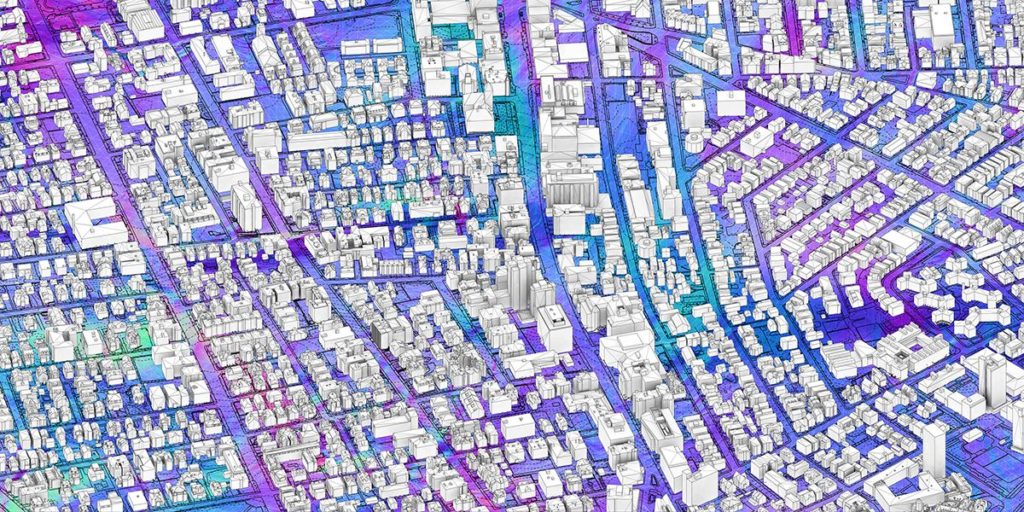WaveSense may have changed its company name, but not its mission. In fact, the name change better reflects their goals and objectives as the automotive industry’s sole provider of ground positioning radar. WaveSense, now officially known as GPR (short for ground positioning radar), has announced its next-generation radar called Aegis.
“A massive shift is underway in automotive as the sector transitions to increasingly autonomous features and ultimately autonomous vehicles,” explained Tarik Bolat, Co-founder and CEO of GPR. “Precise and reliable positioning is a pillar of that transition, and our company is at an inflection point as we move our first-of-its-kind radar closer to commercialization.”
Significance of Ground Positioning Radar
Ground positioning radar (also known as ground-penetrating radar) is among the most reliable vehicle positioning systems today. It delivers centimeter-level accuracy when other sensors fall short during bad weather, when lane markings are faded, or when GPS signals are lost. “Current AV technologies, including LiDAR and camera-based systems, are limited in their capacity to only operate based on what they can ‘see’ in front of them,” Bolat said. “These systems can be easily obstructed by snow, dirt, and debris covering the vehicle’s sensors.”
As described by GPR, the new Aegis unit, an ultra-wide band ground positioning radar, both creates and tracks to a subterranean map. That subterranean map is thoroughly unique, like in the same way our fingerprints or facial features are unique to us. As a result, autonomous and assisted driving features can operate in less than desirable conditions. GPR also notes that everyday and seemingly mundane driving scenarios can be made easier and safer by implementing ground positing radar, like trying to maneuver through a large parking garage in a busy city, for example.
“To truly meet the demands of today’s drivers, automated and autonomous vehicles need a sensing component that mitigates today’s common issues and increases consumer confidence in ADAS programs,” Bolat continued. “Ground positioning radar is an integral addition to the vehicle sensor stack, serving as a critical piece of the puzzle needed to achieve mass adoption of autonomous features and, ultimately, autonomous vehicles.”
Location & Integration
Aegis is packaged underneath a vehicle as not to alter or impact the exterior design. Once installed, Aegis sends low-frequency pulses two to three meters (six to nine feet) into the ground below. The reflections gathered from below the Earth’s surface are used to generate unique, high-definition maps. “With Aegis being piloted by some of the world’s leading automakers for series production for both ADAS and AV applications, the shift toward establishing ground positioning radar as an industry standard is underway,” Bolat added.

GPR Future Goals
As of this writing, GPR is advancing its technology in commercial trucks as well as passenger vehicles. The company continues to work with OEMs and suppliers to accelerate the commercialization and adoption of AVs and next-generation ADAS innovations. “We believe that GPR will become an industry standard to autonomous and ADAS vehicles, much like GPS, and wanted our company name to reflect that,” Bolat said.
GPR also has a healthy support system, receiving a funding round earlier in 2021 of $15 million, led by Rhapsody Venture Partners and Impossible Ventures – and the Board of Directors and Advisory Board appointments of former Ford Motor Company Automotive President, Joe Hinrichs; former General Motors CFO, Charles “Chuck” K. Stevens III; and former CTO of Continental, Kurt Lehmann.



